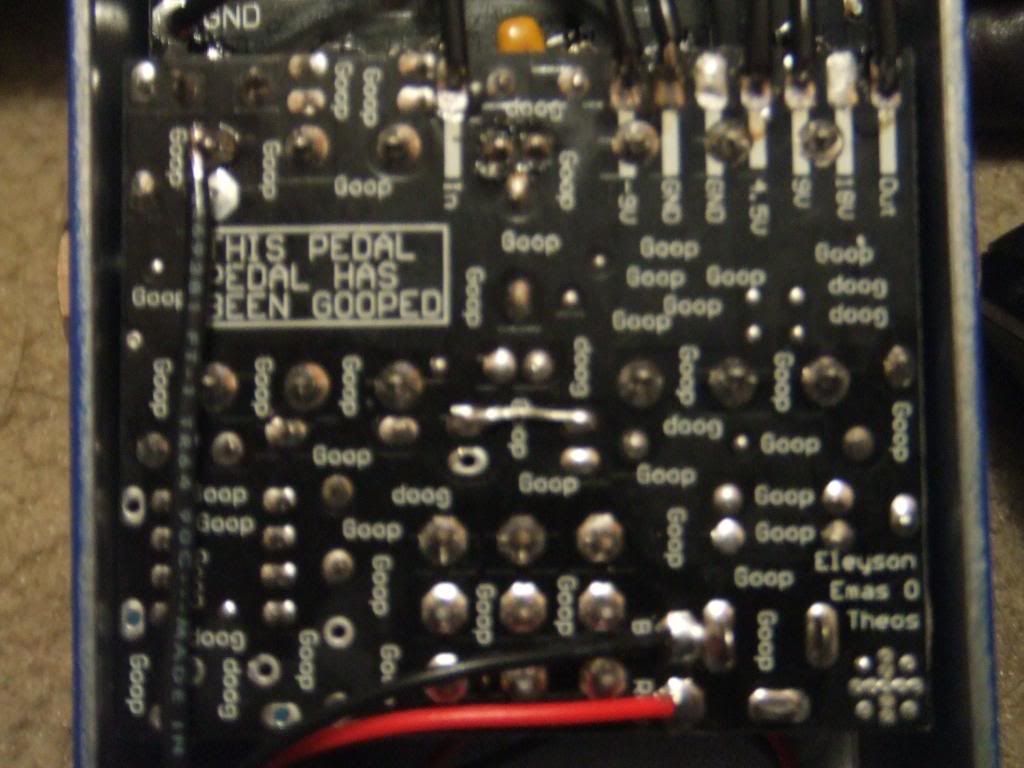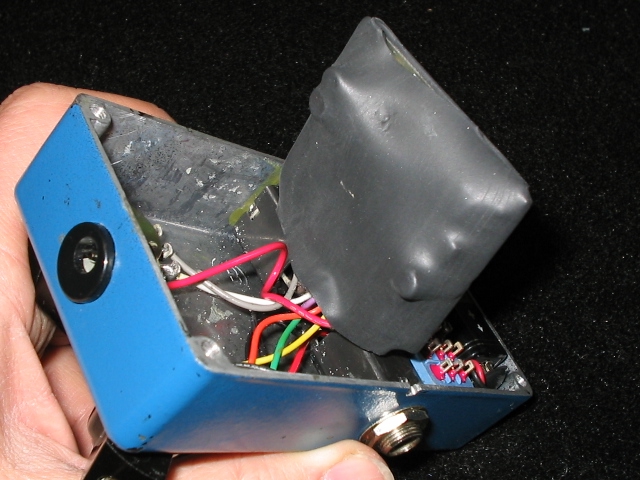Hi guys...Hope you had a good Christmas.....Maybe this is not the right place for this but I want to bring this to everybody's attention.....I have another guitar pedal that has the numbers sanded off IC's, transistors and caps so that it has to be sent back for repair.....just wondering if other techs here have run into this problem.....if so, what brand(s)..am I allowed to post the brand name here??? I think that any musicians out there should be aware of these sneaky tactics....
Cheers
Cheers






Comment